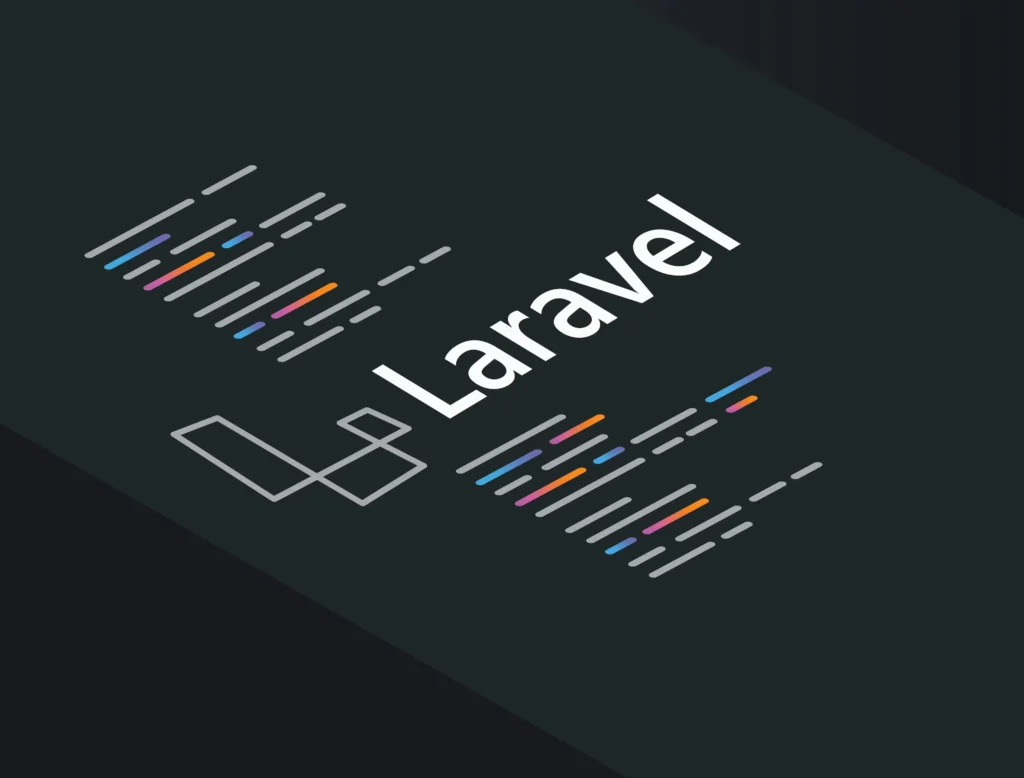
Digitalization is becoming an essential part of today’s world. The use of front-end technologies, such as front-end frameworks, has greatly advanced the development of software applications. That’s why these frameworks are also gaining widespread popularity.
Undoubtedly, backend and frontend technologies are equally important for successful development. However, the front end is more crucial because users initially interact with it rather than the back end. If you are unaware of modern frontend frameworks, we will discuss the trending or top frameworks of frontend that should be used in 2023 in this post.
Before discussing about most used frontend frameworks, let’s discuss what frontend frameworks are actually;
Frontend Framework: An Introduction
Before choosing the best or most used framework, you must understand what frameworks are. The frontend framework is the client side of your web application. Users directly interact with or use this framework.
In detail, a frontend framework includes HTML, CSS, and JavaScript code files. These files or codes are the main source to run the web interface on the user’s mobile or system with friendly interaction handling.
On the other hand, frontend frameworks provide the code library and tools for the better development of an application or website. Frontend frameworks are easy to make and use with their well-suited look.
What Do Frontend Developers Do?
Even though frontend development is easier than backend development, companies or software houses still need to hire frontend developers to set up web applications using frameworks. A simple frontend development usually includes the following tasks;
1) Layout Creation
It is basically about designing and implementing the user interface. A front-end developer creates layouts, the website’s visual design, and application navigation.
2) Functional Implementations
It is about validation, testing, and handling user input according to the created frontend web layout so users can interact with it and retrieve the data without any hassle.
3) Performance Optimization
Performance optimization of a frontend framework is done with code splitting or shaking techniques. These techniques are beneficial to optimize the frontend data, including images or other files, for better loading speed.
4) Framework Testing
In this step, the framework’s codes are written and run to check the code’s accuracy level. Moreover, issues and bugs can also be identified in this step.
5) Fixing the Bugs
After testing, if there are any errors or bugs in the frontend framework or codes, developers maintain the framework by fixing the bugs or adding new features.
Emerging Frontend Frameworks That Should be Used in 2023
Even though many front-end frameworks are available, you can still choose the best after reading this post. The most trending or popular frontend frameworks are the following;
1) React
React is one of the most popular or used JavaScript libraries. Frontend developers or framework creators use this library to create a user-friendly website interface. React is developed or maintained by Meta.
Developers are well-known for this library or framework because of its high performance and reliability. So, it is becoming a great choice for developers to make high-scale and small-scale user interfaces.
React is beneficial even for creating a complex web or application such as medical-related website interfaces. It also offers a declarative syntax for friendly UI building.
2) Ember
Ember is an ideal front-end framework to build a single-page web application. This framework aims to easily develop complex applications or web pages using its best and most comprehensive JavaScript practices.
The main focus of Ember is convention rather than configuration. That’s why it comes with a set of default themes and patterns. Developers can follow these patterns even to develop a complex web application.
After considering the Ember frontend framework, developers don’t need too much time on application configuration.
3) Angular
Like Ember, Angular is also used to develop the single-page web application. The unique thing about this framework is that Google maintains it. It comes with many modern tools for developing applications and web pages.
Angular also provides a reactive data model that allows the framework to update the web data automatically.
4) jQuery
jQuery, like React, is one of the most popular JavaScript libraries. This framework is designed to manipulate HTML elements on web pages easily. Even though it is a simple JavaScript library, developers still prefer to use it for front-end development because of its ease of use.
Developers can perform a wide range of operations related to front-end development with the jQuery library. jQuery also offers a wide set of utility functions and plugins to extend the functionalities of web applications.
5) Vue.js
Vue.js is also JavaScript’s comprehensive library for creating the web interface. Developers prefer using this framework or library because of its flexibility and lightweight. Frontend developers can describe the structure of a web page or application analytically by using the declarative syntax of Vue.js.
This frontend framework also provides the reactive data model for automatically retrieving information when the application is updated or upgraded.
6) Svelte
Svelte is a modern frontend framework, but it still gains popularity among framework creators and developers because of its component-based structure. This framework can compile your web page code in highly optimized JS code.
The created or compiled JS library will run faster than traditional code libraries. The syntax of this framework is simple. Additionally, it also has a reactive data model for automatic data fetching.
This frontend framework is best for small and medium-scale web applications with higher performance needs.
Final Words
Above all, frontend frameworks are crucial for building highly interactive, responsive, easy-to-use web applications. Developers use these frameworks for the standard development of web and mobile applications.
These frameworks are great sources to improve the code’s efficiency, reliability, and consistency. We have explored the emerging frontend frameworks that should be used in 2023, including, React, jQuery, Vue.js, Ember, and Svelte.
Choose one of these frameworks that best suits your web application’s needs, developer’s expertise, and application’s scalability.




